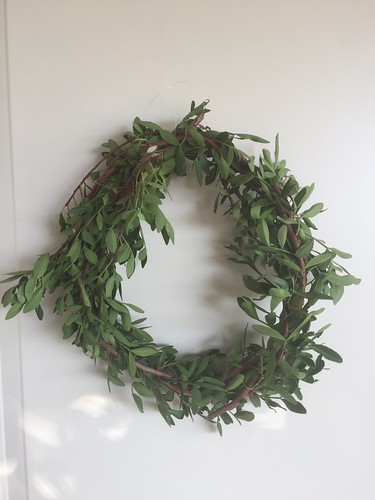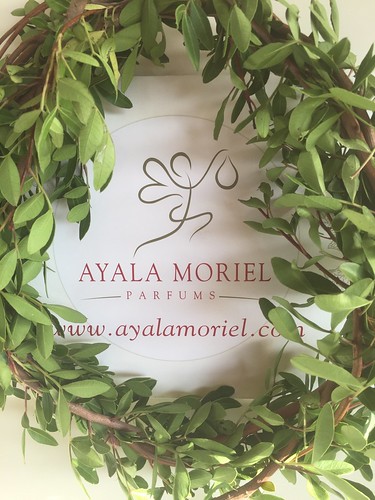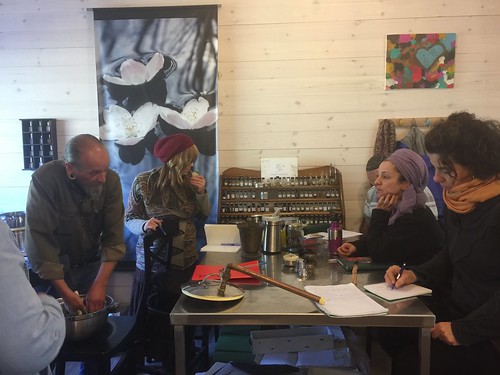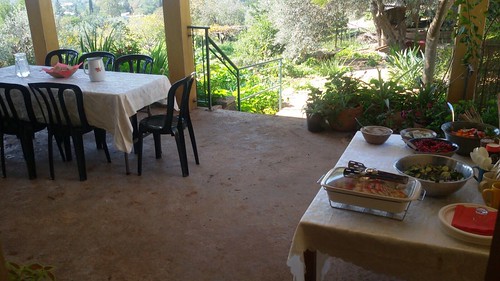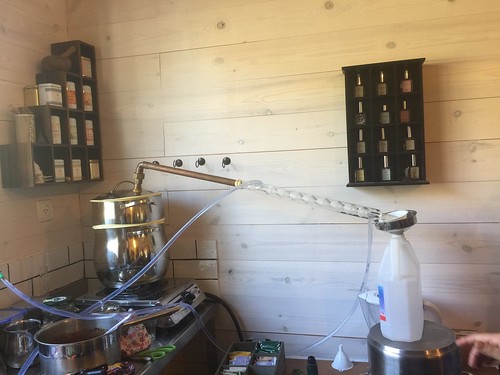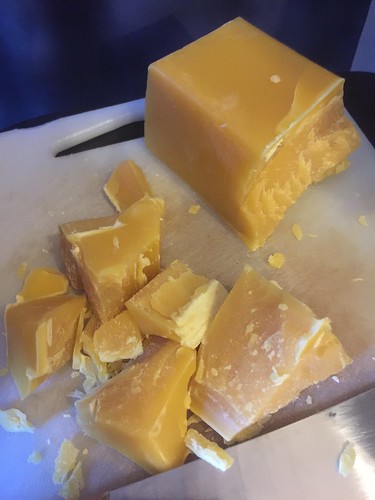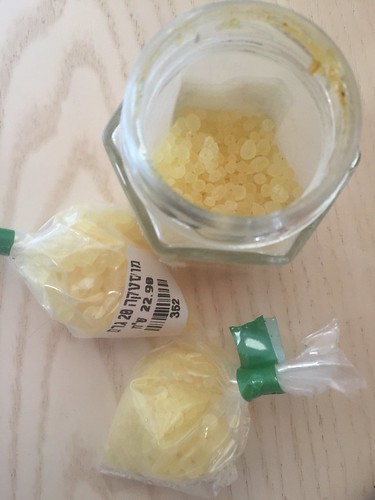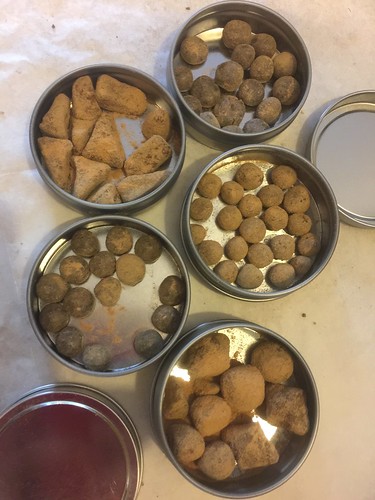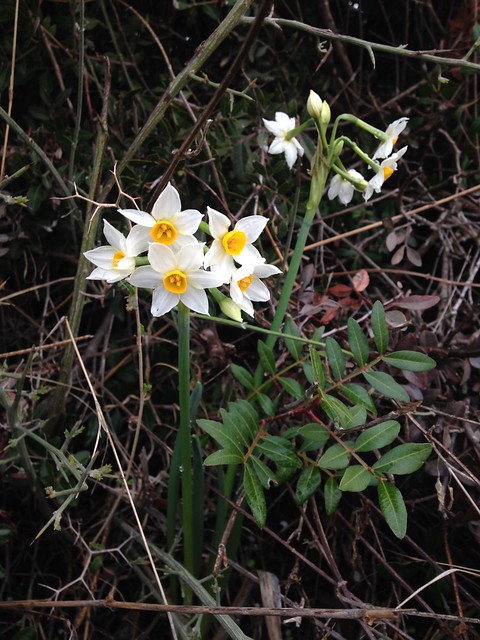
Place a piece of brittle mastic resin in your mouth. Notice how the dusty, powdery coating that happened during the commute overseas in a jar turns pliable as it comes into contact with the moisture in your mouth... Start to chew and feel the resinous, slightly smoky, piney aroma fill your palate and nasal cavity... A nostalgic aroma, like tasting "glida mastic" for the first time in Jaffa some late summer night, or like sipping warm sahleb in midwinter - cooked from a packet that your mom sent especially from Israel all the way to Canada, just because you asked her to... The tinctured resin, although smells heavenly like these old fashioned ice creams and above mentioned sahleb (it is also used to flavour malabi, by the way), is very tricky tow work with as it is not 100% soluble in alcohol and leaves blobs of chewing-cum consistency at the bottom of beakers and vials, and sticks to all the utensil one tries to desperately stir it with. Mastic resinoid are also possible to produce, although I've never encountered ones (in those products, greater amount will be alcohol-soluble).
Mastic essential oil, on the other hand, is easy to dissolve but does not smell all that exciting. It comes from the mastic bush leaves and twigs, which are an inseparable part of my childhood's daily aromatic landscape. Those bushes grew everywhere, and we played among them, crushing some leaves along the way and scratching a branch here or there - which also releases a wonderful green, fresh scent. The essential oil, however, does not smell quite so similar to this experience, and is rather more like the rhododendron leaf oil. There is a resinous and slightly funky aspect to it, and hardly any remnants at all to the utter freshness of the living plant.
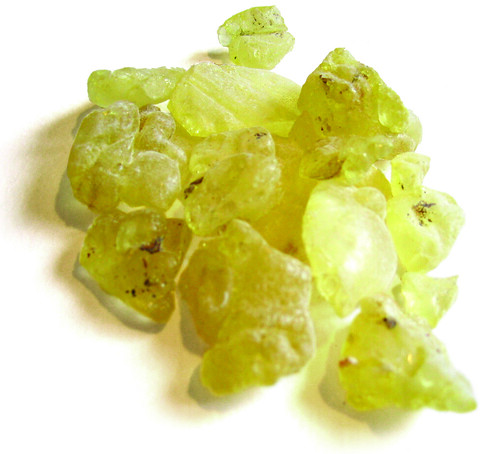
Mastic (Pistacia lentiscus), AKA Mastic lentiscus is from the same genus as the edible pistachio nut, and the other native that is commonly found here - Pistacia atlantica (P. atlantica is often used as a base for grafting pistachio trees). This is a very common evergreen bush that rarely exceeds the size of a bush, but is capable of becoming a small tree (up to 7m tall) if it escapes bush fires, logging and is not continuously consumed by grazing wildlife and goats.
The word mastic derives from the Latin word "Masticare" (to chew), in Greek: μαστιχάω verb mastichein ("to gnash the teeth", the English word comes from the Latin masticate) or massein ("to chew").
Although mastic bushes are in abundance all around the Mediterranean basin, the gum is only produced in a handful of countries - Algeria, Morocco and the Canary Islands. But Greece is the only place where it is grown commercially especially for production of its fragrant gum-resin - especially in the southern part of the island of Chios (close to Izmir, Turkey). The gum is obtained by making incisions in the bush's trunk, and they drip tears which harden over time and become the translucent-yellowish-white "tears" that one can find in Greek stores to be used as a "spice", and can also be used as incense.
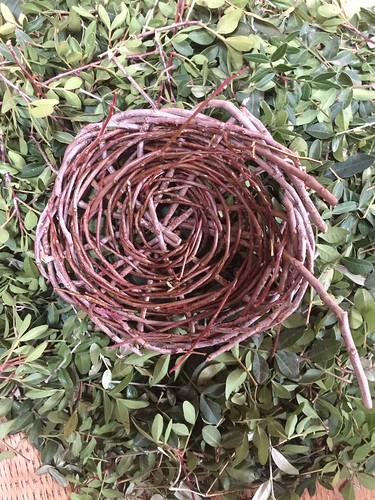 Medicinal and Cosmetic Uses:
Medicinal and Cosmetic Uses:Mastic is most commonly chewed as a breath freshener, and that's the main thing it is famous for. Mastic resin was used in the original recipe for Egyptian Kyphi - a perfume that was also chewed as a remedy. Mastic is generally used for stomach complaints, especially diorama in young children. Due to the gum's properties, it is used in many cosmetic preparations such as toothpastes, hair and skin lotions, etc.
Culinary Uses:Mastic was used first and foremost as a chewing gum and breath freshener - before there was any chewing gum. Try it! It really works - nature's own original sugar-free chewing gum. In the heat of the Middle East, it was a key ingredient in ice creams, to which is added not only a distinctively fresh-resinous flavour, but also a plasticity that helped it resist instant melting.
Mastic is used in several pudding-like and spoon desserts, including the above mentioned sahleb and malabia.
In Greece, it is used in festive pastries such as the challah-like
tsoureki and
vasilopita (in which a coin is hidden for New Year's Eve).
Flavouring Beverages: Smoke from mastic resin is also used to flavour water in Morocco. Finally, in the Levant mastic resin is used as a spice (to a lesser extent) also to flavour poultry and fish dishes, giving them a very peculiar flavour. There are several liquors prepared with mastic resin, such as Mastiha which is native to Chios, as well as a fizzy beverage called Mast.
Role in Perfumery:Mastic resin is a great fixative, and makes a great addition to mimosa fragrances. The leaf oil is useful in green florals, Chypres, Fougères, etc. Mastic is not a very common ingredient in perfume, yielding only 39 items on
Basenotes directory - two of them produced by yours truly (although they are not the only mastic fragrances by Ayala Moriel Parfums).
Sahleb is a smooth, buttery orris fragrance; while Virgo zodiac parfum oil is more of a balsamic-woody floral with accessory notes of spicy-green aspects (cardamom and fennel among them).
Other perfumes I perceive as having a mastic note, are
Nature Millénaire pour Homme (Yves Rocher, 2000),
Kyoto (Commes de Garçon), both having the mastic resin note. As for the mastic leaf and twigs and branches - an allusion to them can be found in green, crisp Chypres (the likes of
Eau de Sisley 2).
Religious Uses:The Greek use mastic in preparation of Myron, an anointing oil used in the Greek Orthodox churches'
chrismation ceremony.
Traditional & Practical Uses: Oil of mastic is used much like turpentine is in the West, in paint Freshly picked branches of P. lentiscus are a traditional raw material for Mediterranean-style basket-weaving. The abundance of available material and the ease of use (aside from removing the leaves, there is no need for pre-soaking or any other kind of processing prior to weaving).
